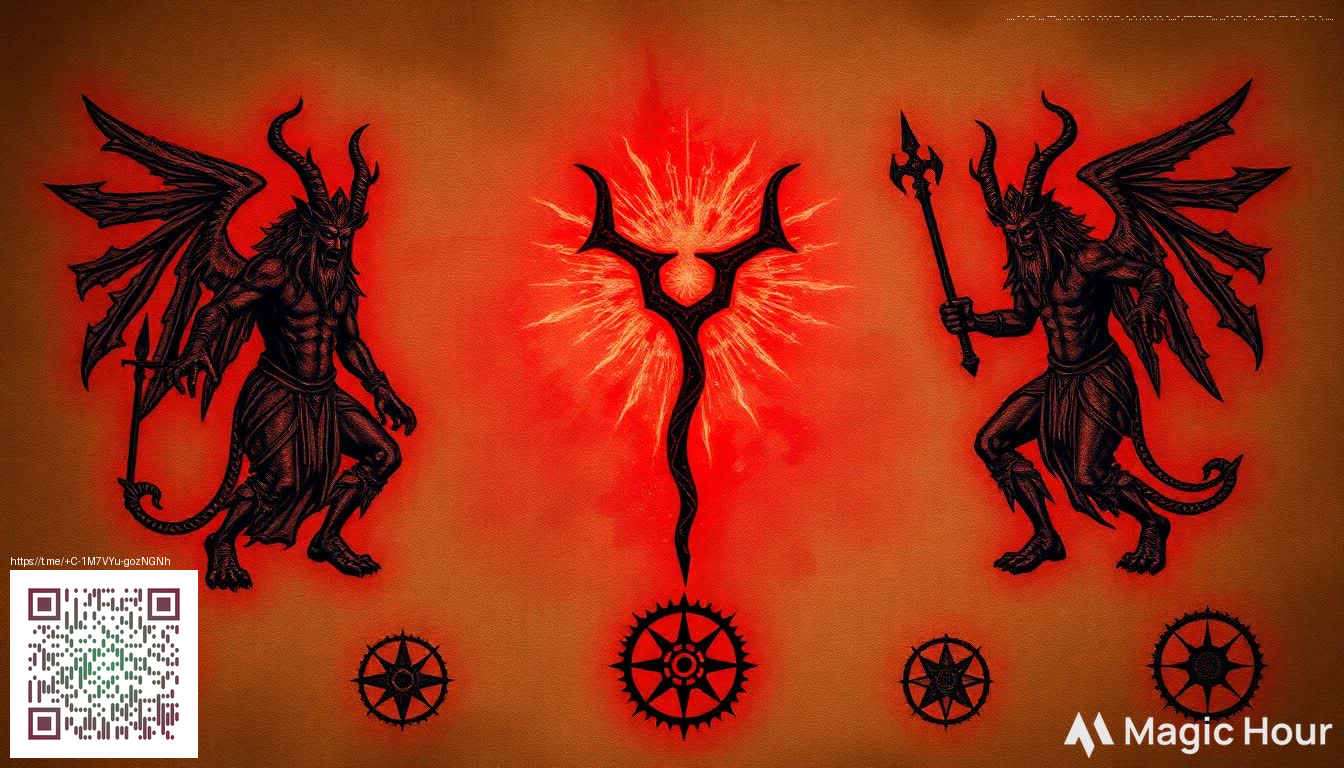
Behind the Drawn Horizons of Vana diel
Final Fantasy XI opened a window into a living online world, and the concept art that shaped its zones still resonates with players today. Long before you see your character step from Bastok’s stone alleys into Windurst’s whispering forests, a team of artists mapped mood, climate, and culture onto pages. Those drawings didn’t just decorate the walls of the studio; they defined pacing, exploration incentives, and the way players band together for quests across disparate biomes. In this look at concept art insights, we trace how early sketches became a cohesive world built for community, collaboration, and long term play.
World design in a game of this scale demands a balance between beauty and function. Concept art served as a north star for zone geometry, color language, and architectural motifs. The three major nations that anchor Eorzea-like continents in this universe Bastok, San d Oria, and Windurst each carried distinct visual cues. Industrial grit and copper tones hint at Bastok s resource driven culture while San d Oria leans into stonework and heraldic lines. Windurst embraces nature inspired curves and verdant greens. These starting points evolved with gameplay needs, but the core identities remained visible even as players learned new routes and discovered hidden corners.
From pencil to playground
The transition from concept art to in game space is a collaborative translation. Designers must translate a mood into textures, lighting, and accessible routes. The environmental sketches help guide the layout of winding paths, teleport hubs, and the way crowds gather at a quest hub. A single sheet can define how a canyon narrows to a pass or how a bustling harbor should funnel traffic toward a dungeon entrance. In a world that scales up with patches and expansions, early mood boards become the blueprint for ongoing evolution rather than a static gallery piece.
Art direction under the hardware lens
Final Fantasy XI released during a period when console and PC hardware pushed artists to optimize without sacrificing identity. Concept art teams faced the challenge of translating intricate environments into playable spaces that loaded efficiently yet felt rich. The result is design language that emphasizes silhouette clarity and readable zones. Players immediately feel distinct vibes as they traverse desert ruins, coastal cities, or snow swept uplands. Even without a cinematic budget, the art direction used contrast, scale, and color harmony to convey vastness and lore in tight spaces.
Community dialogue around concept art often becomes a living gallery. Players sketch their own versions, trade fan-made maps, and interpret the same line work through personal nostalgia. That feedback loop keeps the world feeling alive even when no new assets drop for months.
Beyond in game exploration, concept art informs seasonal events and expansions such as Wings of the Goddess. Each new chapter adds zones and stories that must feel coherent with the original world while offering fresh storytelling through visuals. The art team treats these moments as both homage and invitation, a way to respect the past while inviting players to re explore familiar lands with new eyes.
Community threads and the culture of interpretation
Fan communities have always leaned into the artistry behind the game. Concept art becomes a shared vocabulary used to discuss lore, geography, and even combat design. The exchange of ideas extends beyond speculation; it informs fan art, fan maps, and community run guides that help newcomers orient themselves in a sprawling online world. This culture of interpretation keeps the game world dynamic, turning static sketches into living memory for the community.
Developer commentary and ongoing world evolution
While the original sketches focus on the foundational look, developer notes from patches and expansions reveal how ideas mature over time. The team revisits zones with new objectives, adjusting lighting, terrain, and architecture to support evolving gameplay. The art remains a thread that ties old regions to new content, preserving continuity even as players unlock a broader map. This dialogue between art and mechanics is what makes a seemingly grand concept feel intimate and relevant to players who log in every week.
If you want to pair the appreciation of this classic art with a practical piece of gear for your desk, this customization option is a perfect match for fans who want their battle station to echo their favorite worlds. The product offers practical comfort with a design that nods to long evenings spent navigating Vana d iel like a seasoned explorer 🎮
Curate your own creative space while you study the art that built a community. The synergy between gaming artistry and everyday setup is a reminder that world design isn t just about pixels it is about the shared moments of discovery and teamwork that bring a game to life.
For those who want to pair their nostalgic study or streaming setup with a practical reminder of their favorite game, check out this desk accessory. It blends everyday usefulness with a nod to the legends of Vana diel a perfect balance for players and artists alike.